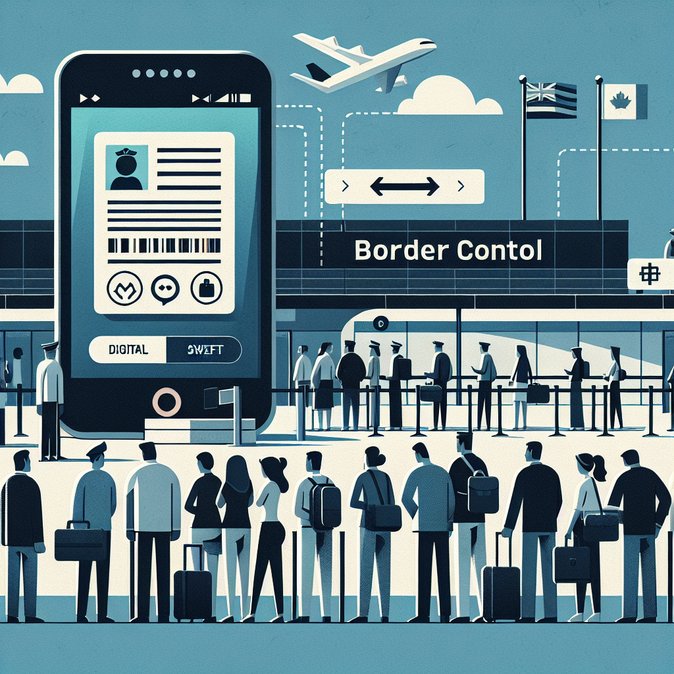
Chinese embassies, including The Hague mission, issued identical notices on 26 November confirming the global launch of the National Immigration Administration’s online Arrival Card, effective 20 November. Foreign visitors can now pre-submit entry details via a web portal, the ‘NIA 12367’ app or WeChat/Alipay mini-programmes, and present a QR code on arrival.
Seven traveller categories—such as Mainland permanent-residents, 24-hour air-transit passengers and cruise tourists—remain exempt. Those unable to complete the e-form in advance may use self-service kiosks or traditional paper cards at ports.
![Chinese Embassies Launch Online Arrival-Card System Worldwide]()
For global-mobility managers the change offers concrete benefits: fewer queues at peak hours and reduced risk of clerical errors that previously triggered secondary inspection. Early adopters in Hong Kong report average processing times cut by three minutes per passenger.
Integration with China’s recently upgraded Smart Immigration e-Channel is next on the roadmap, officials say, paving the way for facial-recognition gates for eligible foreign nationals by mid-2026. Companies should update pre-trip checklists, ensuring travellers save the QR code offline in case of weak airport Wi-Fi.
The e-card also positions China to share anonymised arrival data with provincial tourism boards, potentially refining future visa-waiver roll-outs based on real-time demand analytics.
Seven traveller categories—such as Mainland permanent-residents, 24-hour air-transit passengers and cruise tourists—remain exempt. Those unable to complete the e-form in advance may use self-service kiosks or traditional paper cards at ports.

For global-mobility managers the change offers concrete benefits: fewer queues at peak hours and reduced risk of clerical errors that previously triggered secondary inspection. Early adopters in Hong Kong report average processing times cut by three minutes per passenger.
Integration with China’s recently upgraded Smart Immigration e-Channel is next on the roadmap, officials say, paving the way for facial-recognition gates for eligible foreign nationals by mid-2026. Companies should update pre-trip checklists, ensuring travellers save the QR code offline in case of weak airport Wi-Fi.
The e-card also positions China to share anonymised arrival data with provincial tourism boards, potentially refining future visa-waiver roll-outs based on real-time demand analytics.








